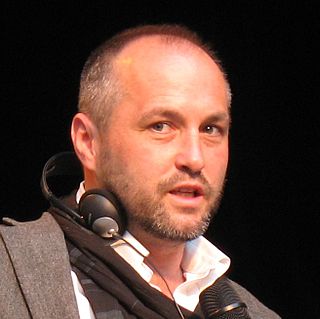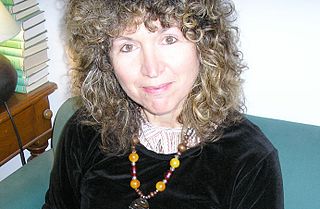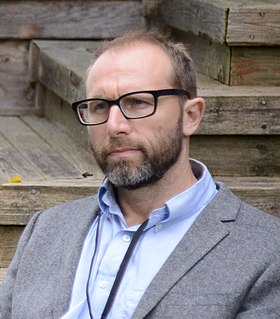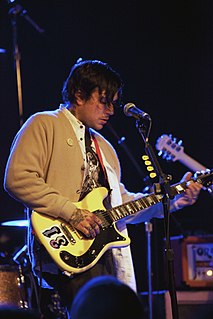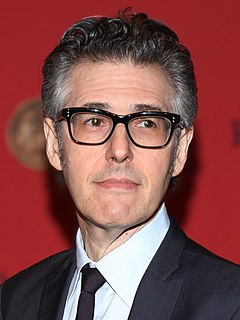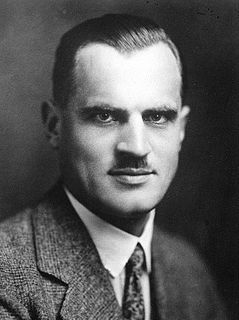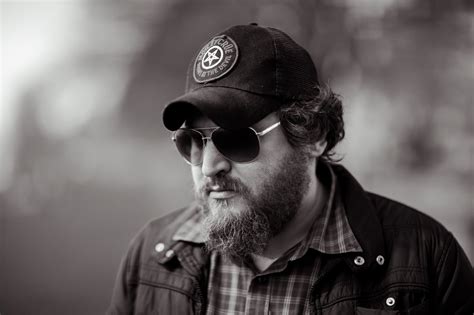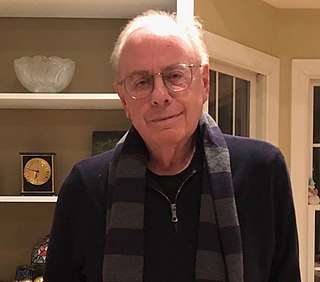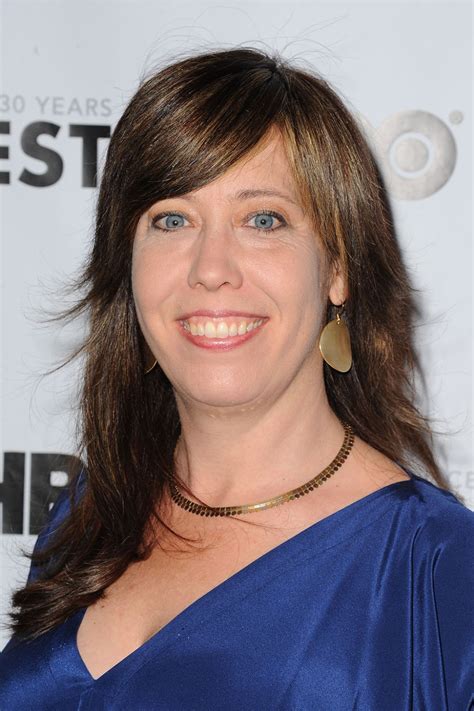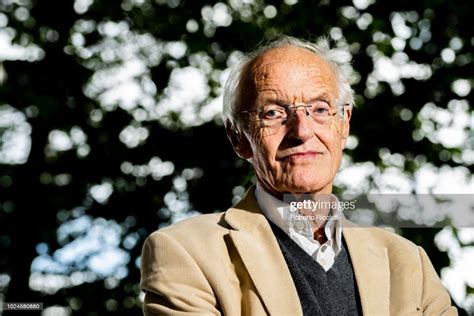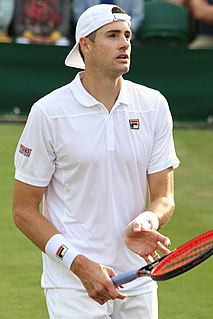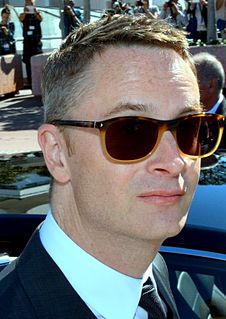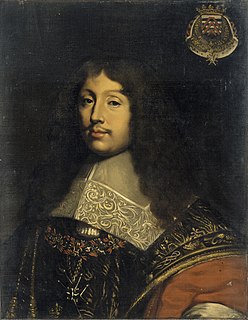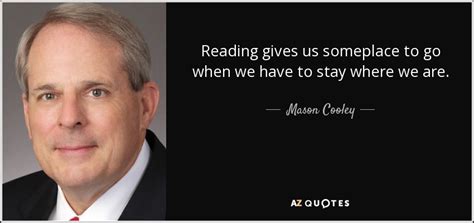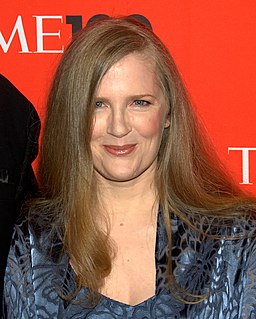A Quote by Colum McCann
If you have a structure beforehand, you're sort of stuffing your story into a pre-assembled box. You don't want that to happen. What you want in your writing is to have a sort of wildness that occurs. And then, out of the wildness, a structure emerges.
Related Quotes
Normally you'll have a structure to a song. You'll have an intro to a verse to a pre-chorus to a chorus, kinda repeat that, maybe there's a bridge, then you'll go out on a chorus - that's the quintessential song structure - sometimes you might do a fake-out, re-do a pre-chorus but the chorus doesn't come until later, but for the most part you follow these tried and true structures.
I began photographing around 14; my mother gave me a camera, it's actually the one I still use for creating most of my work. My career has evolved from literally figuring out how to formally structure a photograph, to going through graduate school and trying to formally structure my thoughts. A sort of gradual learning, then unlearning.
There is a kind of structure for a story that was peculiarly compelling for the radio. I thought I had invented it atom-by-atom sitting in an editing booth in Washington on M Street when I was in my 20s. Then I found out that it is one of the oldest forms of telling a story - it was the structure of a sermon.
The story is told of Lord Kelvin, a famous Scotch physicist of the last century, that after he had given a lecture on atoms and molecules, one of his students came to him with the question, "Professor, what is your idea of the structure of the atom." "What," said Kelvin, "The structure of the atom? Why, don't you know, the very word 'atom' means the thing that can't be cut. How then can it have a structure?" "That," remarked the facetious young man, "shows the disadvantage of knowing Greek."
[In comedy] you never want to leave the actors hanging out to dry. So you need to come up with funny individual stories for each character, and then you do this sort of comedy geometry, weaving them together. Once you've got a funny structure and you know why the scenes are funny, then you get super funny people to say your own lines, say their own lines, say things in their own way, and every scene is a live rewrite in front of the camera.
Look at your hand. Its structure does not match the structure of assertions, the structure of facts. Your hand is continuous. Assertions and facts are discontinuous.... You lift your index finger half an inch; it passes through a million facts. Look at the way your hand goes on and on, while the clock ticks, and the sun moves a little further across the sky.
I've been making films with almost no dialogue (laughs), so sound and music become a very powerful character to tell the story. It's almost like with sound and music and images, it's your tool to tell the story, especially when I decide to structure the film in a way that usually goes against the conventions of the three-act structure which most films are made out of.
